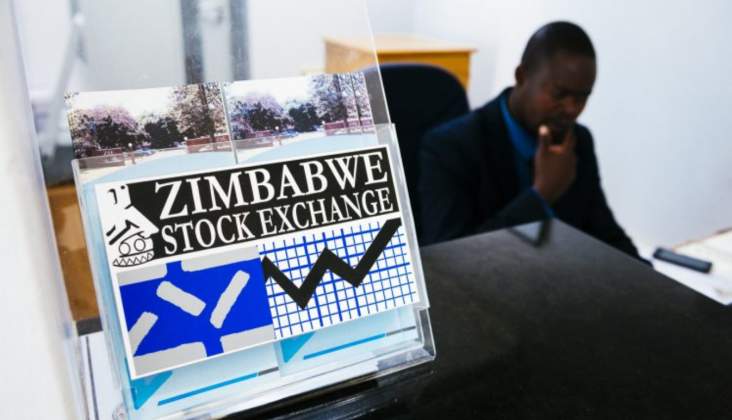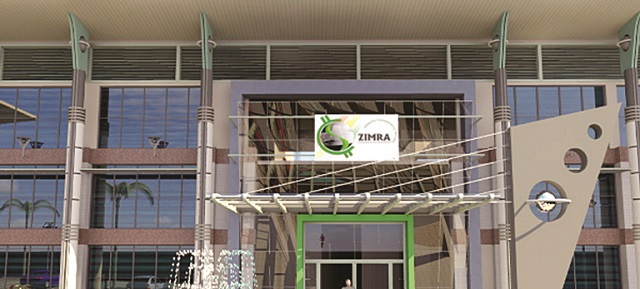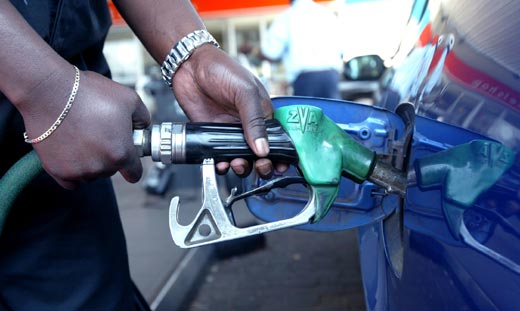Zesa plans to generate affordable electricity
Zesa Holdings is developing a national network masterplan that seeks, among other key targets, to identify the most viable least-cost generation projects for development to secure national power supply.
The country is targeting a number of projects, including through public-private partnerships (PPPs) and independent power producers (IPPs) to become energy self-sufficient and a net exporter.
Energy and Power Development Permanent Secretary Dr Gloria Magombo said that the objective was to identify power projects that can supply cheaper electricity across energy sources.
She said Zesa was working with an international consultant to craft the network masterplan.
“Zesa is developing a national network masterplan that looks at least-cost generation projects that we have. The exercise will look at all the options that we have as a country,” Dr Magombo said.
The masterplan is expected to address issues around climate change, renewable energy and targets towards fulfilling Millennium Development Goals (MDGs).
Zesa is expected to complete drafting the network blueprint by year-end, which will be followed by strategies to implement recommendations and or proposals in the masterplan.
“The idea is to identify projects with the least cost so that consumers can afford the electricity.”
The exercise will consider both fossil fuels (coal and methane gas) and renewable energy.
It is believed that while Zimbabwe is pulling all the stops to meet MDGs relating to climate change and clean energy, it will continue to support investment in fossils for a secure energy mix.
Zimbabwe currently draws the bulk of its electricity from two main sources — Kariba Hydro Power Station and the coal-fired Hwange Power Station.
Dr Magombo said while the country was signatory to the United Nations Framework Convention on Climate Change, the charter recognised adaptation modelled around national resources.
The country has already developed a policy on strategies to support investment and development of renewable sources of energy, among them solar, wind and hydro power plants.
However, it will continue to partner financiers that still have an appetite for energy from fossil fuels notwithstanding the global crusade on these energy projects.
Demand for electricity presently outstrips supply by an average 37 percent. At peak periods, demand for power reaches 1 700 megawatts (MW) against national generation capacity that averages 1 200MW, with deficits covered either by imports or power rationing.
Generation has not been able to keep up with demand owing to underinvestment in new projects, as well as ageing power plants.
China’s Sinohydro is currently constructing Hwange Power Station Unit 7 and 8, which will add 600MW to the grid. Another 2 400MW project — Batoka — is being jointly pursued with Zambia and is expected to take off soon.-herald.cl.zw












